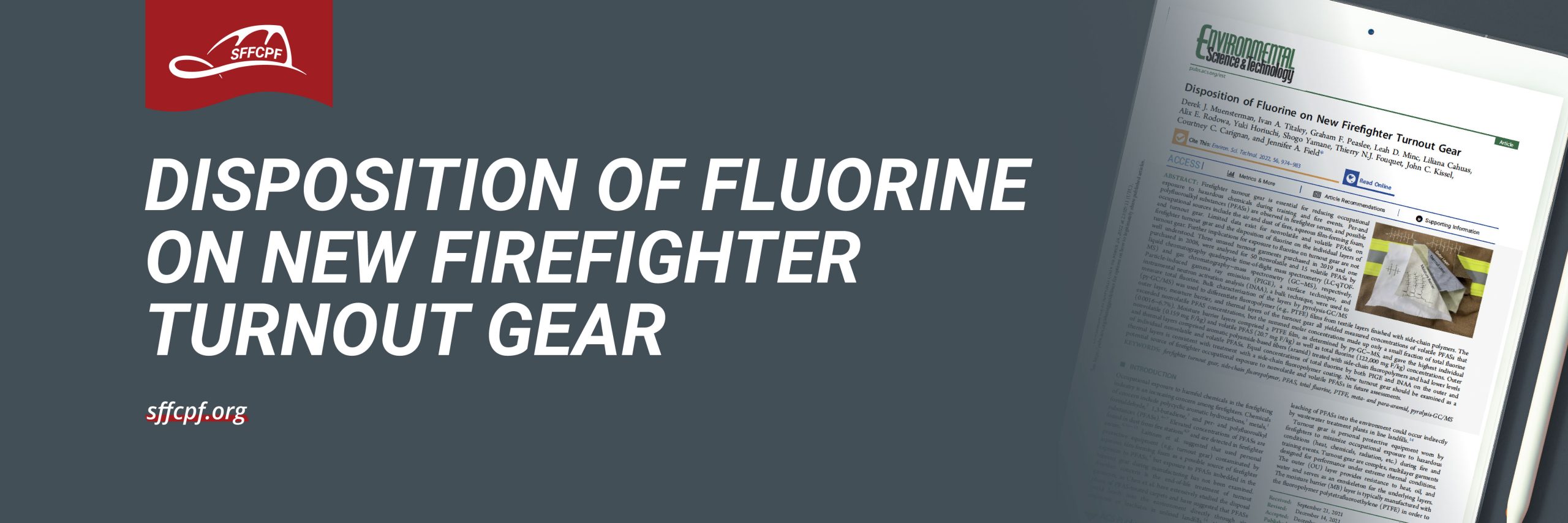Firefighter turnout gear is essential for reducing occupational hazards during fire ground operations. It has been previously demonstrated that “forever chemicals” (PFASs) are observed in firefighter serum, and possible occupational sources include the air and dust of fires, aqueous film-forming foam, and turnout gear.
The objective of this study was to characterize the chemical composition, including individual PFASs and other harmful chemicals, of the individual layers of three NEW, UNUSED turnout garments purchased in 2019 and one unused garment purchased in 2008.
This study used different testing methods than previous studies to determine the presence of individual PFASs, total fluorine and polymers in fabric used in clothing, including firefighter turnouts. The outer layer, moisture barrier, and thermal layers of the turnout gear all yielded measured concentrations of PFAS.
These methods were able to detect 65 known individual PFASs (50 nonvolatile targets and 15 volatile targets). Although the concentrations of the 15 volatile targets were higher than the 50 nonvolatile targets, they were only a small amount of the total fluorine detected in the samples, suggesting there may be yet unidentified PFAS present.
Fluorine is used to determine if it’s inorganic or organic. PFAS is carbon-fluorine chemicals bonded together (an organic fluorine). Organic fluorine is considered new to being detected and/or extracted from materials. Once determined to be organic, it is then further broken further. This is the library that’s still being defined as extraction methods are evolving.
The authors concluded that new turnout gear should be examined as a potential source of firefighter occupational exposure to nonvolatile and volatile PFASs in future assessments. More focused studies need to be done in order to investigate the rate of skin absorption of PFASs while wearing turnouts. We will soon post about our current research in this area.

